Before you start dreaming about that perfect septic system for your property, there’s one crucial test that stands between you …
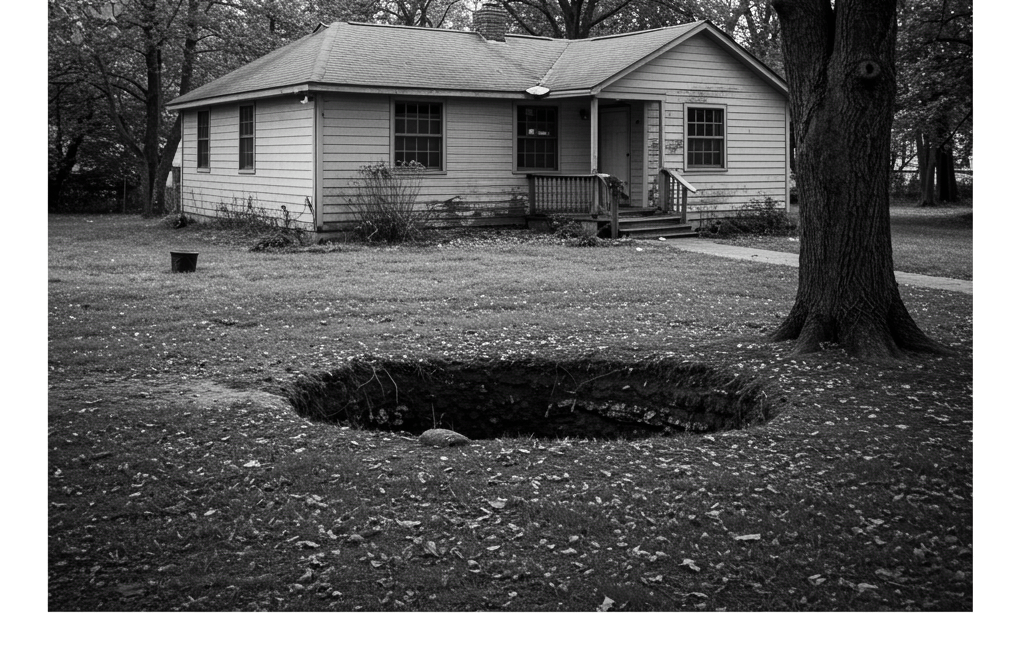

Before you start dreaming about that perfect septic system for your property, there’s one crucial test that stands between you …
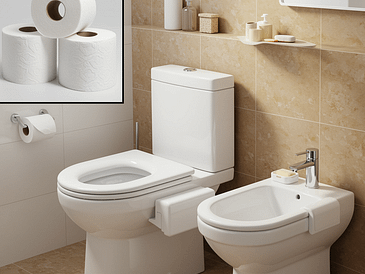
The Ultimate Bidet Conversion Kit Guide: Transform Your Toilet Into a Luxury Experience What if I told you that for …

How to Get Your Georgia Septic Tank License: Complete Step-by-Step Guide for 2025 Here’s what they don’t want you to …
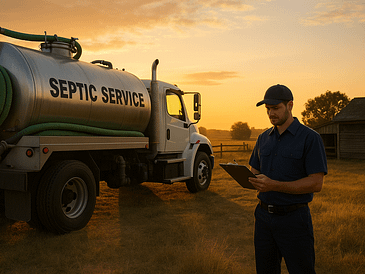
Think slinging hoses and cleaning tanks isn’t profitable? Think again. The septic pumping industry has quietly become one of the …
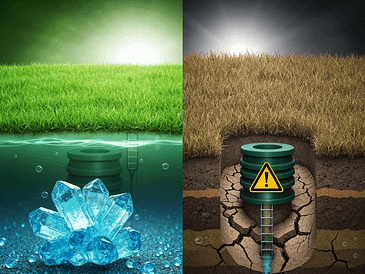
Last thing you’d expect? That blue crystal powder sitting in your garage might be slowly killing your septic system—and costing …
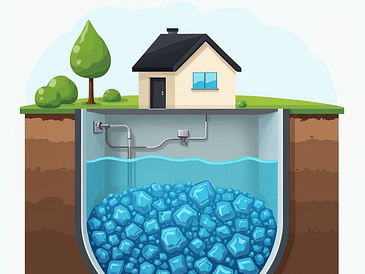
How Much Copper Sulfate for Septic Tank: A Complete Guide to Safe and Effective Treatment Is your septic tank in …
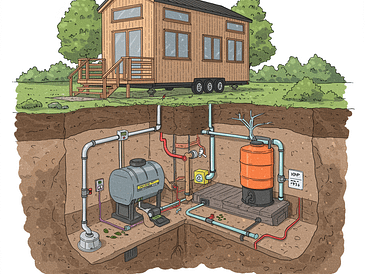
The tiny home movement has exploded in recent years, with millions of Americans embracing smaller, more sustainable living spaces. But …
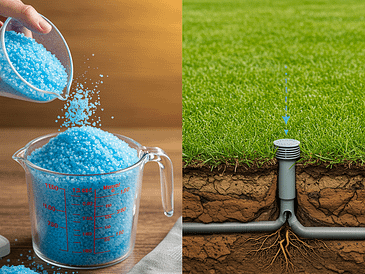
The Complete Guide to Using Copper Sulfate for Septic System Root Control Your septic system is backing up, strange …
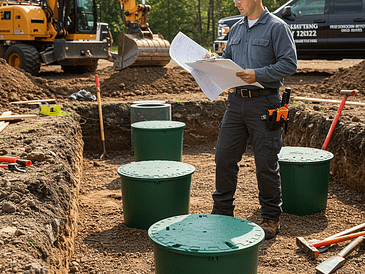
Your new home is perfect—except for one tiny detail: it needs a septic system installed. While this might seem like …
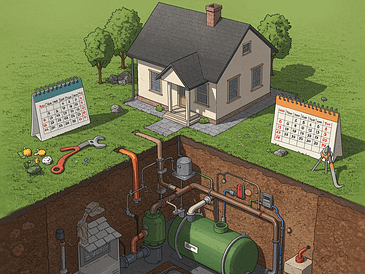
Congratulations! You’ve just installed a brand-new septic system, and you’re probably feeling a mix of relief and anxiety. After all, …
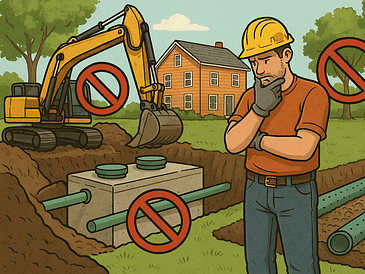
Installing a septic system might seem straightforward – dig a hole, drop in a tank, connect some pipes, and voilà! …
When it comes to septic system installation, most homeowners focus on the tank size or the cost of the project. …